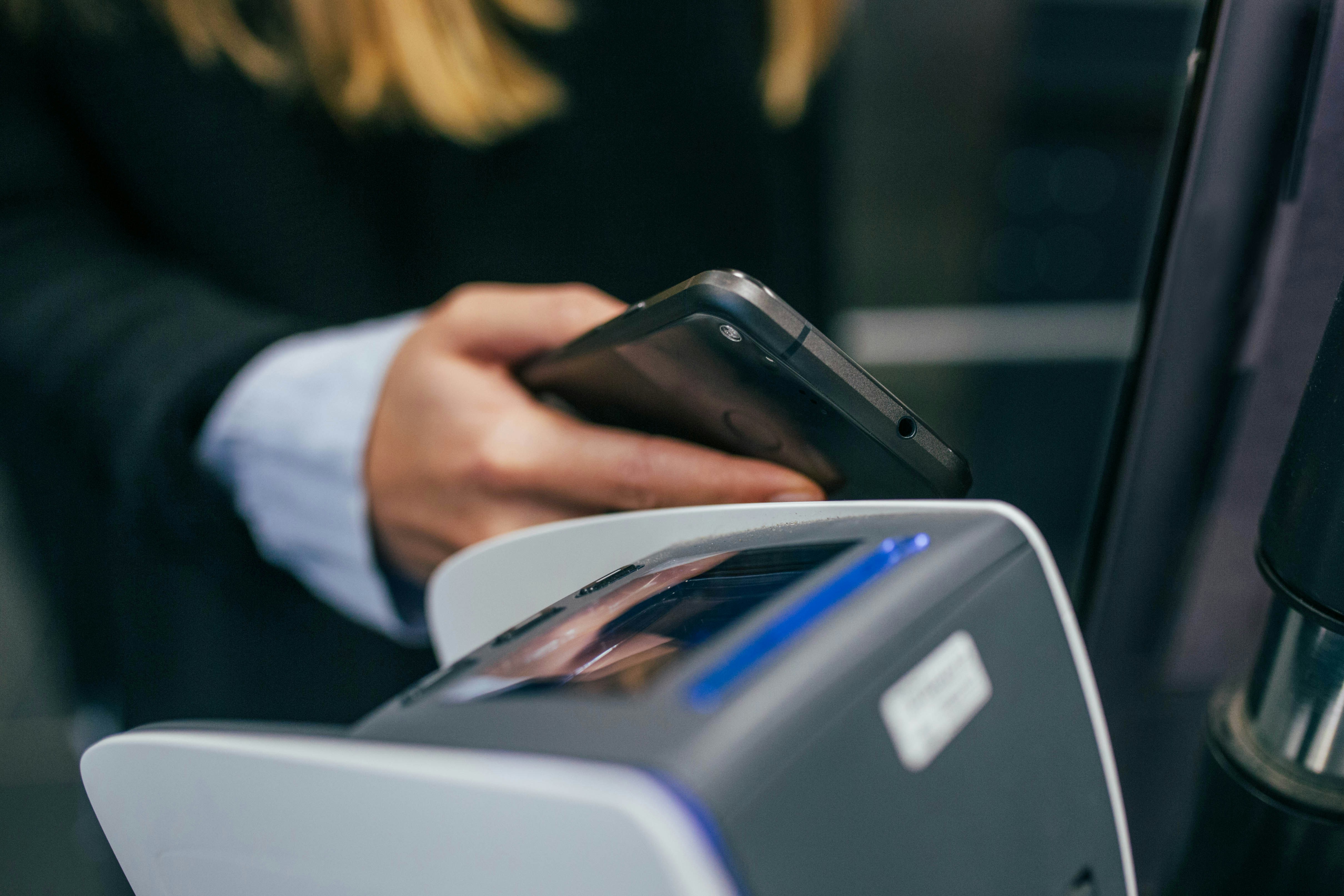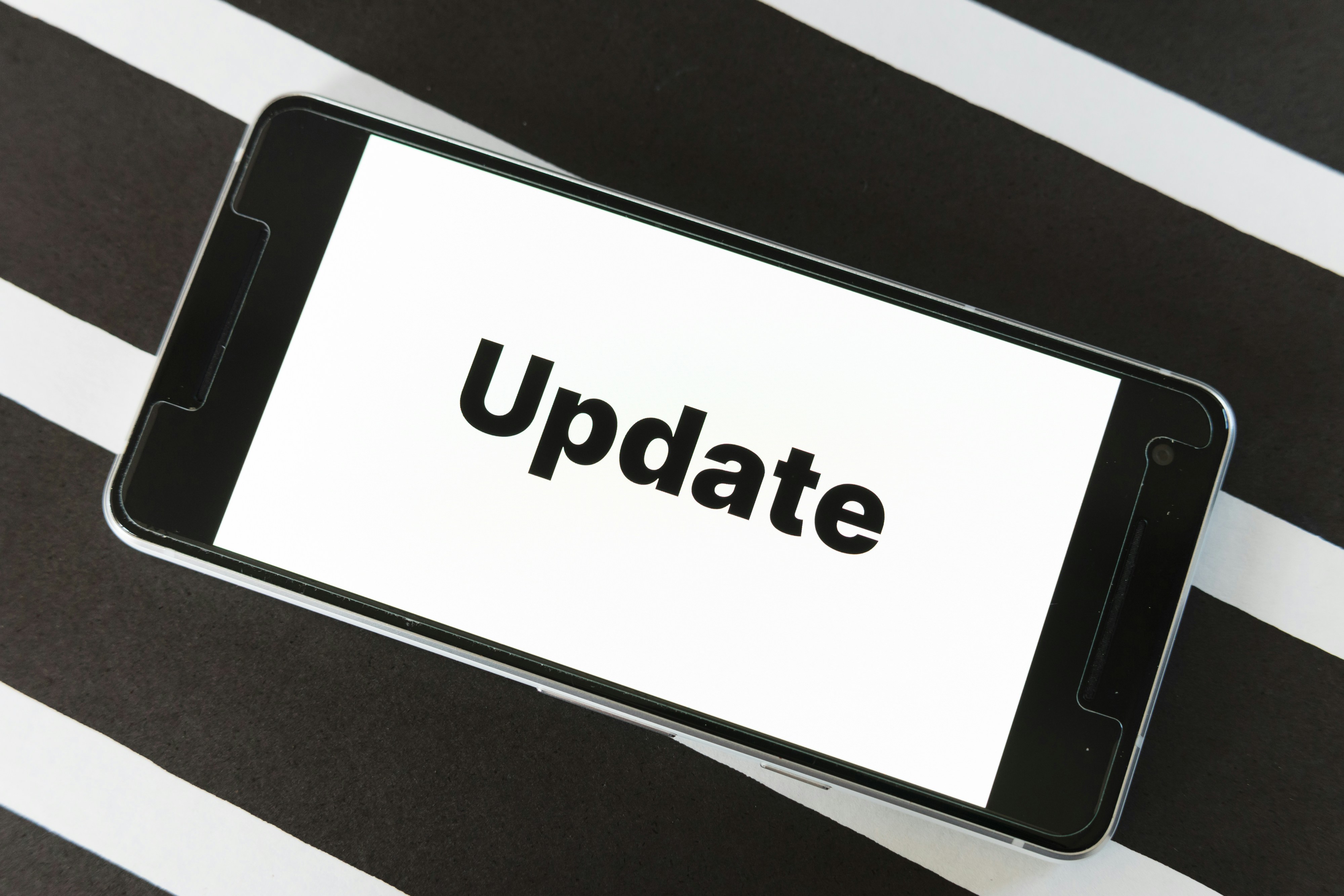
Introduction to Google Wallet’s Changes
Recently, Google Wallet announced a significant change concerning its integration with PayPal, a popular payment platform that has been among the preferred choices for many users. As Google Wallet evolves, it has decided to discontinue its support for PayPal integration, a move that is set to impact numerous individuals who have been utilizing this feature for seamless transactions. This decision underscores a broader shift in Google Wallet’s operational strategy and its intention to streamline payment options for its users.
The termination of the PayPal integration is primarily attributed to the evolving landscape of digital payments, where various platforms are seeking to enhance their user experience while minimizing potential complexities. By discontinuing this integration, Google Wallet aims to focus on improving its own payment processes and possibly introduce new features that would benefit its users. It’s essential for users to be aware of this shift, as it may require adjustments in how they manage their transactions.
The timeline for these changes indicates that users will need to conclude their PayPal-linked activities within Google Wallet by a specified date, after which the integration will no longer be available. This change calls for users to evaluate alternative payment methods within the Google Wallet ecosystem or consider other payment platforms that may better suit their needs moving forward. Understanding these changes is crucial for anyone who has relied on PayPal to manage transactions through Google Wallet.
As users transition away from this integration, they may experience varying degrees of disruption, hence staying informed about the upcoming updates will be beneficial. This initial overview aims to prepare users for what lies ahead with Google Wallet and its evolving functionality in the realm of digital transactions.
Impact on Users and PayPal Account Management
The impending closure of the integration between Google Wallet and PayPal is set to create significant changes for users who rely on these services for their daily transactions. This transition will affect not only the way users manage their accounts but also how they conduct monetary transactions through the Google Wallet platform. With the discontinuation of PayPal support in Google Wallet, users will need to consider alternative payment methods and adapt to new processes for managing their balances and payments.
One immediate impact users will face is the need to unlink their PayPal accounts from Google Wallet before the official closure date. This entails navigating to the payment settings within the Google Wallet app, where users will find the option to remove their PayPal payment method. It is essential to carry out this process promptly to avoid potential disruptions in service or transaction complications when attempting to make purchases or transfer funds.
In addition to the unlinking process, users should be aware of how their remaining balances in PayPal will be managed moving forward. Users are encouraged to transfer any remaining PayPal balances to their bank accounts or utilize them for purchases prior to the service shut down. This will ensure that users do not lose access to their funds, which may otherwise become unavailable due to the lack of integration with Google Wallet.
As users adapt to this significant change, it is advisable to explore other payment options available through Google Wallet. Alternatives such as debit cards, credit cards, and even bank transfers can serve as effective substitutes for transactions previously conducted via PayPal. Understanding these options will help users transition smoothly and continue utilizing Google Wallet for their financial activities.
Exploring Alternatives to Google Wallet
The impending closure of Google Wallet’s PayPal integration has left many users searching for alternative mobile payment applications that can fulfill their financial transaction needs. Several platforms have gained popularity as viable substitutes, each offering unique features and capabilities. This section will explore some notable alternatives, focusing on their usability and integration capabilities.
One of the most recognized options is Venmo, which has become a staple for peer-to-peer payments. Users appreciate the social aspect of Venmo, as the app allows users to share payments and write comments on transactions. The platform facilitates quick money transfers between users and offers an intuitive interface that simplifies the payment process. Venmo also integrates seamlessly with various merchant services, making it a convenient option for both online shopping and in-person transactions.
Another strong contender is Cash App, which has garnered a dedicated following due to its straightforward design and robust features. Cash App allows users to send and receive money instantly, while also providing options for direct deposits and investment in Bitcoin stocks. Additionally, Cash App’s cash card feature enables users to make purchases at stores, further enhancing its usability. With ongoing updates and improvements, Cash App stands out for those looking for a comprehensive mobile payment solution.
Lastly, Apple Pay serves as an excellent alternative, particularly for users within the Apple ecosystem. This platform offers superior security features, such as touch and facial recognition, providing peace of mind during transactions. Apple Pay allows users to make payments through both their devices and participating merchants, ensuring a smooth and effective payment experience. Furthermore, integration into numerous apps and websites makes Apple Pay a versatile choice for contactless payments.
In conclusion, while the upcoming changes to Google Wallet may pose challenges, there are several alternative mobile payment apps available. Venmo, Cash App, and Apple Pay each offer distinct advantages, which users can consider based on their individual payment needs and preferences. Exploring these alternatives may provide the necessary solutions for continued seamless transactions.
Future of Mobile Payments Post-Google Wallet
The termination of Google Wallet’s PayPal integration marks a significant turning point not only for the service itself but for the entire landscape of mobile payments. As consumers increasingly gravitate towards mobile solutions for transactions, the future of mobile payments appears poised for transformation. One of the primary anticipated trends is the emergence of alternative payment solutions that prioritize security and user-friendliness. With Google Wallet pivoting, companies like Apple Pay, Samsung Pay, and various fintech startups are likely to capitalize on this opportunity to broaden their user base, providing more tailored services to meet consumer demands.
Advancements in technology will continue to drive this sector forward. The implementation of blockchain technology and decentralized finance (DeFi) in mobile payments could enhance security and efficiency, appealing to consumers who value transparency in their financial dealings. Furthermore, innovations such as biometric authentication, including facial recognition and fingerprint scanning, are expected to become more mainstream, further easing user concerns regarding payment security. The improved security measures will likely resonate with a growing segment of the population that prioritizes the safeguarding of their financial data.
Consumer behavior is also shifting as users become more discerning regarding their payment methods. A heightened awareness of data privacy is prompting individuals to prefer platforms that offer robust security features and protection against fraud. As competition within the mobile payment ecosystem intensifies, service providers will need to stay ahead by embracing cutting-edge technology and fostering public trust. Educational initiatives that inform users about the various options available and their respective advantages will play a crucial role in supporting this transition.
In conclusion, while the end of Google Wallet’s PayPal integration signifies a notable shift, it also opens the door for other players in the mobile payment arena to innovate and enhance their offerings. As the market adapts to these changes, it will be essential to monitor new trends, technologies, and consumer attitudes that will shape the future landscape of mobile payments.


